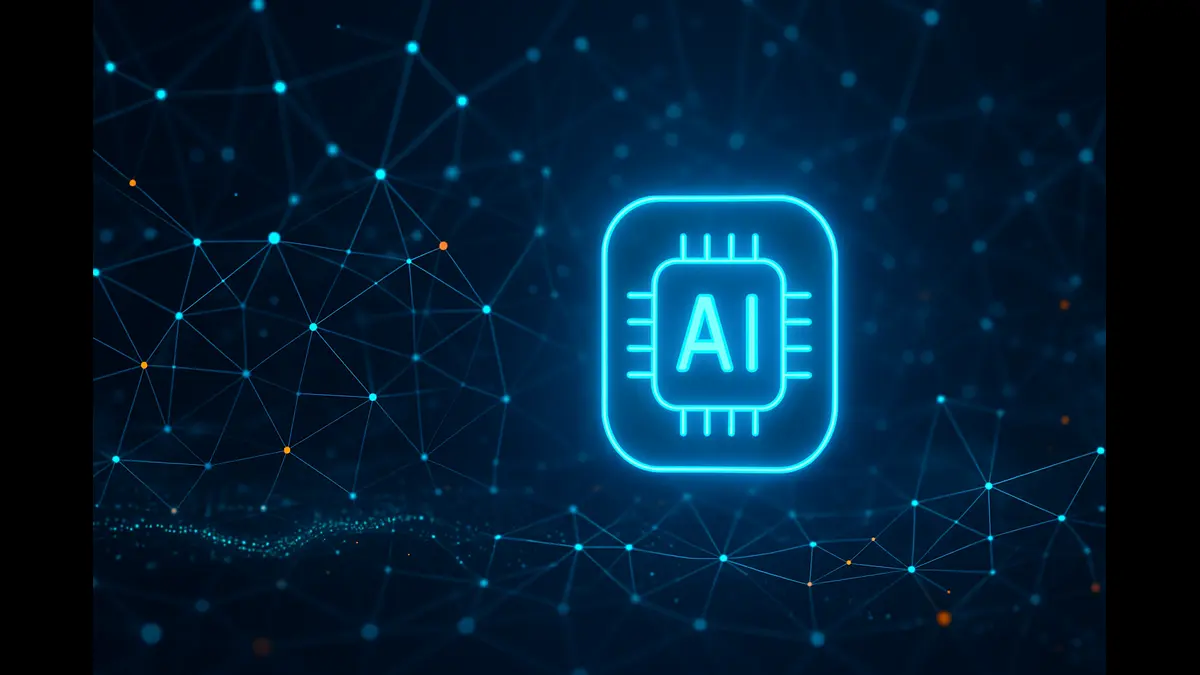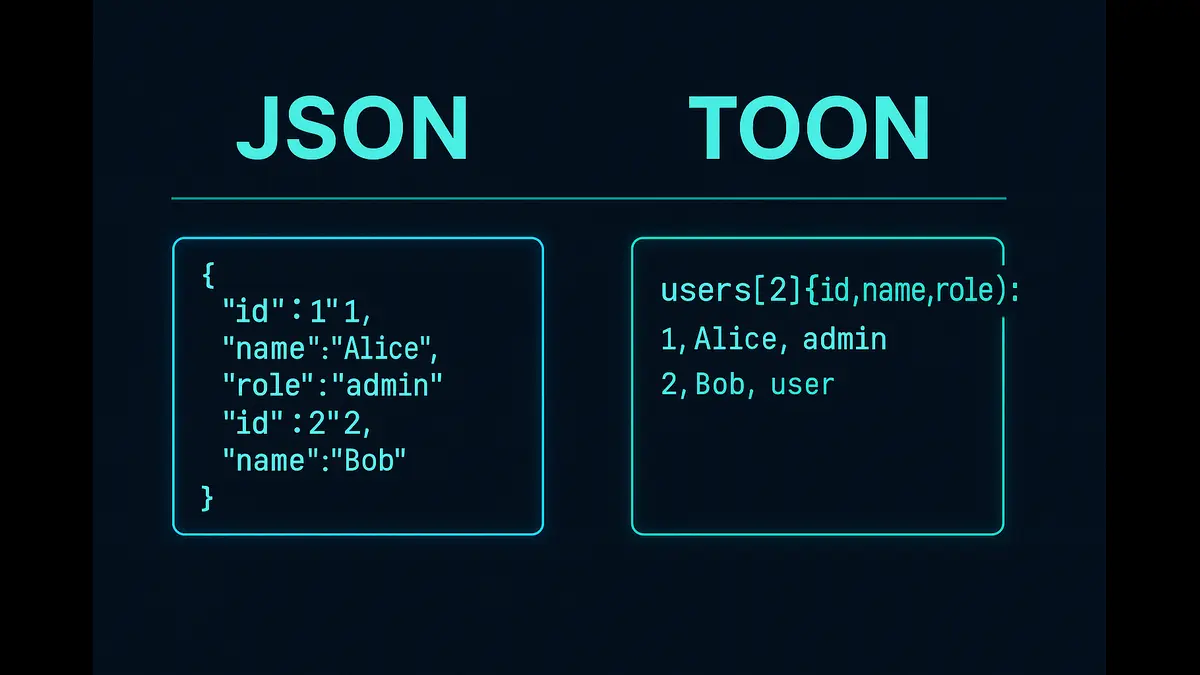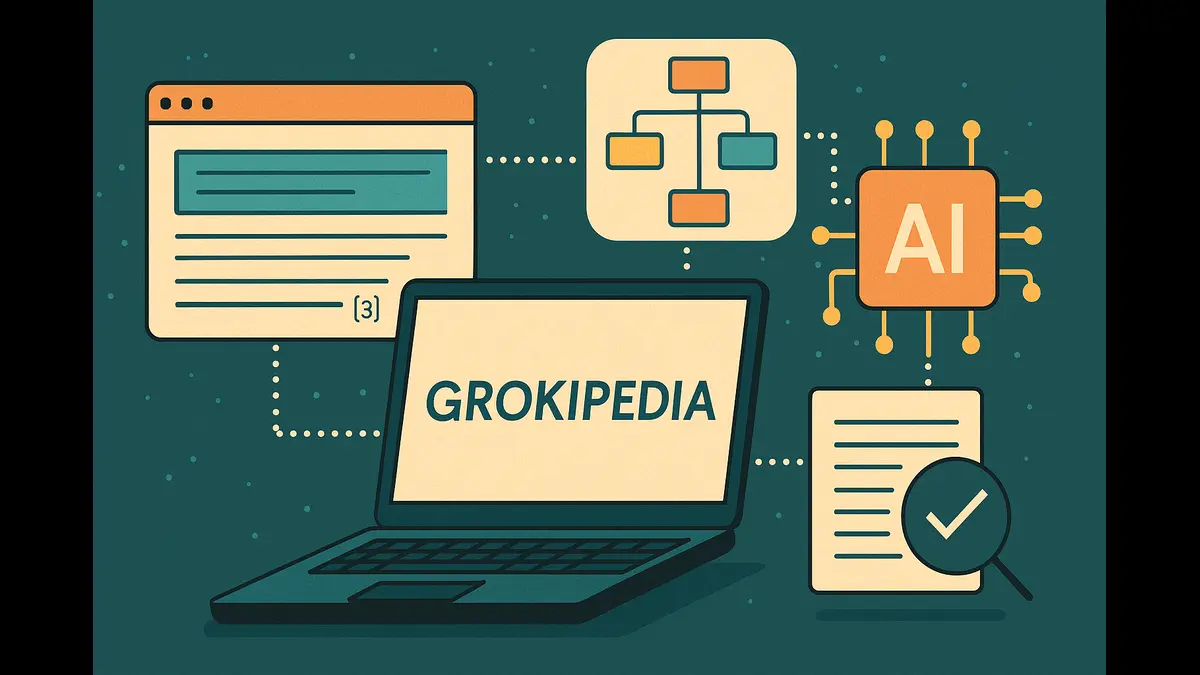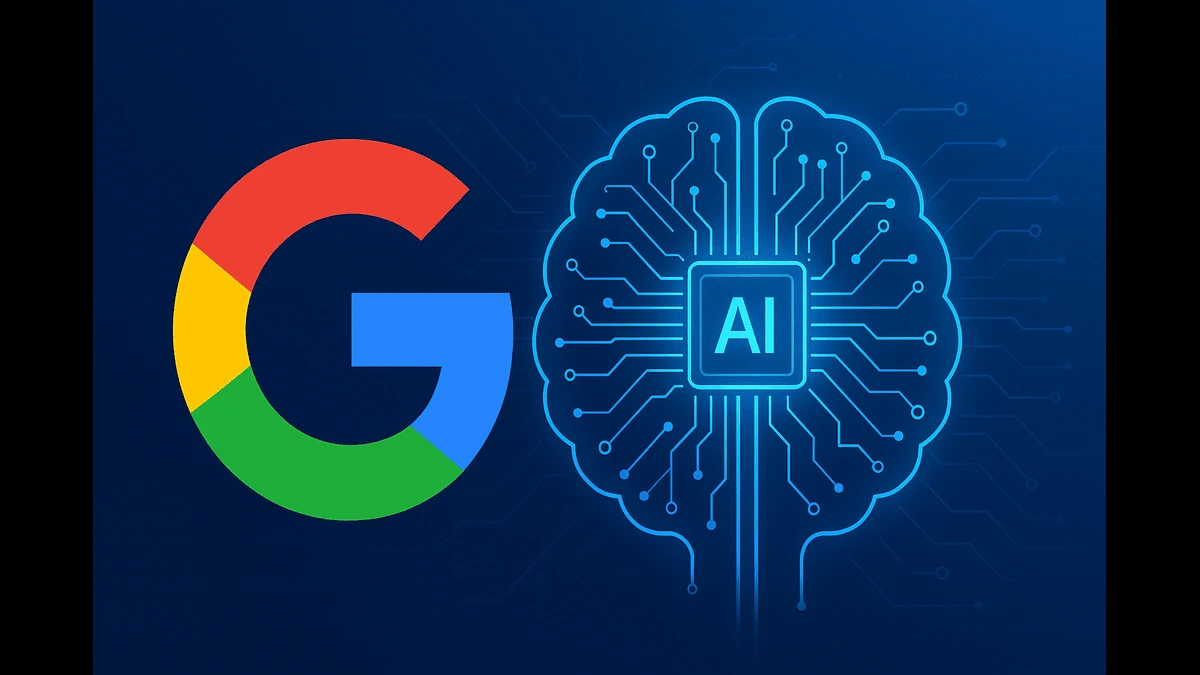
Google’s Gemini-3 marks a major leap in AI reasoning, multimodality, and agentic capability – surpassing leading models across scientific, mathematical, and real-world benchmarks. With Deep Think, Antigravity, and enterprise-grade safety baked in, it signals Google’s most ambitious step yet toward practical, trustworthy AI.
Google has marked yet another milestone in the landscape of Artificial Intelligence with the launch of Gemini-3. This development, announced by the leadership team, represents the culmination of nearly two years of work on the Gemini family of models. Since its inception, Gemini has specifically focussed on how individuals and organisations interact with technology, powering tools that assist in learning, decision-making. Today with the development of Gemini-3, Google extends this foundation, delivering a system not just built for raw computation but for meaningful collaboration in human endeavours.
The roll out underscores Google’s commitment to integrating advanced capabilities directly into widely used products. The leadership note stated that, AI overviews in the search reach 2 billion users whereas the Gemini app serves over 650 million users. More than 70% of the Google cloud customers incorporate these technologies, and 13 million developers rely on them for building tools – as stated by the leadership in the opening address.
Such widespread adoption underscores the model’s role in enhancing productivity across sectors, from education to enterprise software development. By embedding Gemini-3 into search’s AI mode, the Gemini app, Vertex AI, AI studio, and the new Google Antigravity platform from day one, Google ensures these developments benefit users in their day-to-day tasks.
Building a Legacy of Progressive Innovation
Each iteration of Gemini has addressed specific challenges in AI development, progressively expanding what these systems can achieve. The initial Gemini-1 introduced native multimodality and extended context windows, allowing models to process diverse inputs like text, images, and video more effectively. This enabled handling larger volumes of information, which proved essential for applications requiring comprehensive analysis.
Gemini-2 advanced the family further by introducing stronger agentic capabilities – enabling the model to take autonomous actions on user instructions — while significantly improving reasoning on complex, multi-step scenarios. Its direct successor, Gemini-2.5 Pro, went on to dominate the LMArena leaderboard (lmarena.ai/leaderboard) from late May 2025 until the launch of Gemini-3, holding the no-1 position for approximately five and a half months and consistently earning the highest Elo ratings in blind human evaluations during that period. This prolonged leadership underscored the model’s real-world helpfulness and conversational quality, setting a high bar that Gemini-3 has now decisively surpassed with its 1501 Elo score on release day.
Gemini-3 excels in subtle nuances, whether in creative brainstorming or dissecting intricate problems. Users report fewer iterations necessary to alter prompts, as the model better interprets intent. This evolution reflect a broader shift: from AI as a passive responder to an active partner that anticipates needs much like a trusted colleague who can grasp unspoken context in a conversation.
Technical Foundations: Reasoning and Multimodal Proficiency
At its core, Gemini-3 Pro – the initial variant released in preview-sets new standards across key evaluation metrics. These benchmarks, drawn from rigorous and industry tests measure performance in reasoning, factual accuracy, and cross-domain problem-solving. Independent evaluations confirm Gemini-3’s leadership, with scores that surpass prior models and competitors.
| Benchmark | Description | Gemini-3 Pro | Gemini-2.5 Pro | Claude Sonnet-4.5 | GPT-5.1 |
|---|---|---|---|---|---|
| LMArena (Elo) | Human-evaluated preference for conversational quality and utility | 1501 | ~1400 | ~1380 | ~1395 |
| Humanity’s Last Exam (No Tools) | PhD-level reasoning across scientific domains | 37.5% | 21.6% | 13.7% | 26.5% |
| Humanity’s Last Exam (With Tools) | PhD-level reasoning with code execution | 45.8% | — | — | — |
| ARC-AGI-2 | Visual reasoning puzzles (ARC Prize Verified) | 31.1% | 4.9% | 13.6% | 17.6% |
| GPQA Diamond | Graduate-level scientific knowledge (no tools) | 91.9% | 86.4% | 83.4% | 88.1% |
| AIME 2025 (No Tools) | Mathematics challenge contest problems | 95.0% | 88.0% | 87.0% | 94.0% |
| AIME 2025 (With Code) | Mathematics with code execution | 100% | — | 100% | 100% |
| MathArena Apex | Challenging math contest problems | 23.4% | 0.5% | 1.6% | 1.0% |
| MMMU-Pro | Multimodal understanding and reasoning | 81.0% | 66.0% | 68.0% | 76.0% |
| ScreenSpot-Pro | Screen understanding | 72.7% | 11.4% | 36.2% | 35.5% |
| CharXiv Reasoning | Information synthesis from complex charts | 81.4% | 69.6% | 68.5% | 69.5% |
| OmniDocBench 1.5 | OCR on charts (lower is better, Overall Edit Distance) | 0.115 | 0.145 | 0.145 | 0.147 |
| Video-MMMU | Video acquisition and understanding | 87.6% | 83.6% | 77.8% | 80.4% |
| LiveCodeBench Pro | Competitive coding problems (higher is better) | 2.439 | 1.775 | 1.418 | 2.243 |
| Terminal-Bench 2.0 | Agentic terminal coding (Terminal-user agent) | 54.2% | 32.6% | 42.8% | 47.8% |
| SWE-Bench Verified | Agentic coding (single attempt) | 76.2% | 59.0% | 77.2% | 76.3% |
| t2-bench | Agentic tool use | 85.0% | 54.9% | 84.7% | 80.2% |
| Vending-Bench 2 | Long-horizon agentic tasks (Net worth, higher is better) | $5,478.16 | $573.64 | $3,838.74 | $1,473.43 |
| FACTS Benchmark Suite | Parametric MMLR and search (MMLR search) | 70.5% | 63.4% | 50.4% | 50.8% |
| SimpleQA Verified | Parametric knowledge | 72.1% | 54.5% | 29.3% | 34.9% |
| MMLU | Multitask language understanding | 91.1% | 89.5% | 89.1% | 91.0% |
| Global PIQA | Commonsense reasoning across 100 languages and cultures (avg) | 93.4% | 91.5% | 90.1% | 90.0% |
| MRCR v2 (8-needle) | Long context performance (1M pointwise) | 26.3% | 16.4% | Not supported | 6.1% |
To illustrate these gains, the following table compares Gemini-3 Pro’s verified results against Gemini-2.5 Pro, Claude Sonnet-4.5, and GPT-5.1 on select benchmarks. Data is sourced directly from Google’s model evaluations and third-party verifications.
These metrics reveal consistent advancements, particularly in areas demanding integrated cognition. For instance, on MathArena Apex, Gemini-3 Pro’s 23.4% score reflects enhanced logical deduction, enabling solutions to problems that stumped earlier versions- nearly 47 times the performance of Gemini 2.5 Pro. Multimodal benchmarks like MMMU-Pro highlight improved synthesis of visual and textual data, crucial for real-world uses such as analyzing educational videos or medical scans.
Beyond numbers, these capabilities translate to tangible benefits. Consider a researcher poring over dense academic papers: Gemini 3 can generate interactive visualizations from equations, turning abstract concepts into accessible diagrams. Or a family preserving cultural heritage – the model deciphers handwritten recipes in non-Latin scripts, compiling them into a digital cookbook with step-by-step guidance. Such applications humanize technology, bridging gaps in knowledge and tradition.
Complementing the base model, Gemini-3 Deep Think introduces an augmented reasoning layer, available initially to safety testers and soon to Google AI Ultra subscribers. This mode amplifies performance on demanding tasks, achieving 41.0% on Humanity’s Last Exam and 93.8% on GPQA Diamond – gains that position it at the forefront of novel problem-solving. On ARC-AGI-2, a benchmark for visual reasoning puzzles designed to test abstraction and generalization, it scores 45.1% with code execution, underscoring its aptitude for innovative challenges.
These enhancements stem from refined training on diverse datasets, including long-context scenarios up to 1 million tokens. Multilingual support has also advanced, aiding global users in contexts like translating regional dialects or generating content in underrepresented languages.
Empowering Creation and Development
For creators and professionals, Gemini 3 shines in generative tasks. It produces concise, insightful outputs acting as a thought partner in ideation. Developers benefit from its prowess in “vibe coding,” where it interprets high-level descriptions to build interactive interfaces. On WebDev Arena, it attains 1487 Elo, while SWE-bench Verified sees 76.2%, reflecting superior code generation and debugging.
The introduction of Google Antigravity exemplifies this focus. This agentic platform elevates development from manual scripting to orchestrated workflows. Agents powered by Gemini 3 autonomously plan, code, and validate tasks like constructing a flight tracker app – while integrating tools like browser control via Gemini 2.5 Computer Use and image editing with Nano Banana. Available in AI Studio, Vertex AI, and third-party environments like Cursor and GitHub, it streamlines workflows, allowing teams to prototype complex applications faster.
In enterprise settings, these features drive efficiency. Businesses use Gemini 3 for long-horizon planning, as evidenced by its top score on Vending-Bench 2, simulating year-long operations with consistent decision-making.
Google has put Gemini 3 through the most thorough safety testing in its history – working with UK’s AI Security Institute(AISI), Apollo Research and other independent experts. The result is a model which is less eager to please people and much harder to trick with prompt injection. Above all, the team wants this technology to feel trustworthy. As Demis Hassabis has put it, the aim is simple – An AI that genuinely helps people to learn, create and get things done – without ever losing sight of human values.
This approach translates into one thing – real business momentum across search, cloud and developer tools.
Discover more from Poniak Times
Subscribe to get the latest posts sent to your email.





